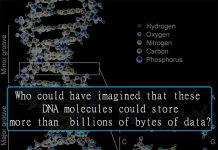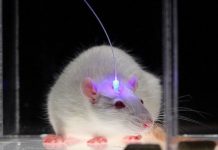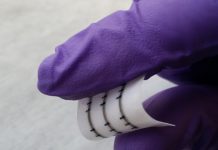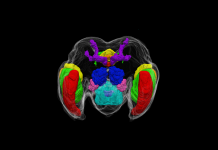A scientific breakthrough with the “wonder material” graphene has opened up the potential for indoor photo voltaic cells that capture energy from indirect sun light, in addition to ambient power from household gadgets.
Five scientists*, from the BAE Systems (UK) & the University of Surrey (UK), studied the eyes of moths to create sheets of graphene that they declare is the most light-absorbent material ever created in the world. The energy capture methodology may very well be used to power Internet of Things (IoT) gadgets, such as smart clothes, wearables, mirrors and wallpaper etc
“We realized that the moth’s eye works in a specific way that traps electromagnetic waves very effectively,” Professor Ravi Silva, head of the Advanced Technology Institute at the University of Surrey, stated. “As a result of our research, we have been able to mimic the surface of a moth’s eye and create an amazingly efficient, thin and light-absorbent material made from graphene.”

Graphene, first created in a laboratory by researchers in 2004, has been touted by scientists as a wonder material attributable to its outstanding properties and huge potential in various sectors. The one-atom thick material, consisting of carbon atoms in a honeycomb lattice, is as flexible as rubber, more conductive than copper, and is 200-times stronger than steel. These properties might probably be used to create every thing from artificial retinas to flexible smartphones.
Silva says: “For many years folks have been on the lookout for graphene applications that will make it into mainstream use, We’re finally now getting to the point where these applications are going to happen. We think that with this work that’s coming out, we can see an application very close because we have accomplished something that was previously thought impossible: optimizing its incredible optical properties.
Organic solar cells are based on polymers and these only capture energy from the visible range. Now with the materials we’ve got, it transcends all of that by having the ability to absorb over a much larger range. What we have to do is come up with a technology that lets you use that efficiently, such as rectennas.”
Rectennas—or rectifying antennas—are a special kind of antenna that can convert electromagnetic power into direct current (DC) electrical energy. First conceived in 1964, Silva says rectennas are yet to realize their real-world potential.
Combined with Silva’s graphene breakthrough, rectennas would be capable of efficiently capturing and converting power from ambient microwave and radio frequencies from household gadgets, like smartphones, laptops and tube lights. This scavenged energy could then be used to power other smart sensors and IoT units with out the need for batteries or wired connectivity.
* The 5 researchers are: José V. Anguita, Muhammad Ahmad, Sajad Haq, Jeremy Allam and S. Ravi P. Silva















































